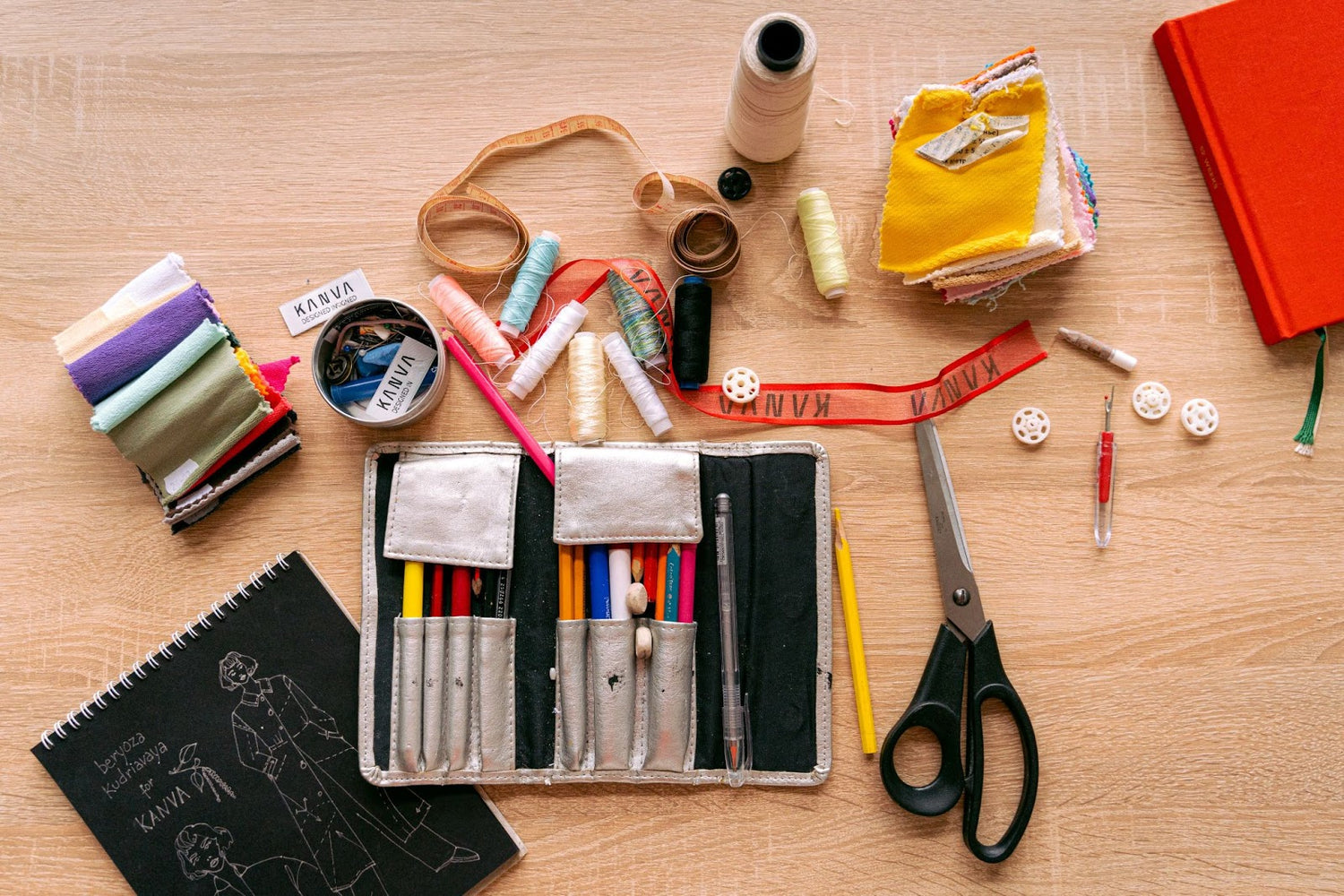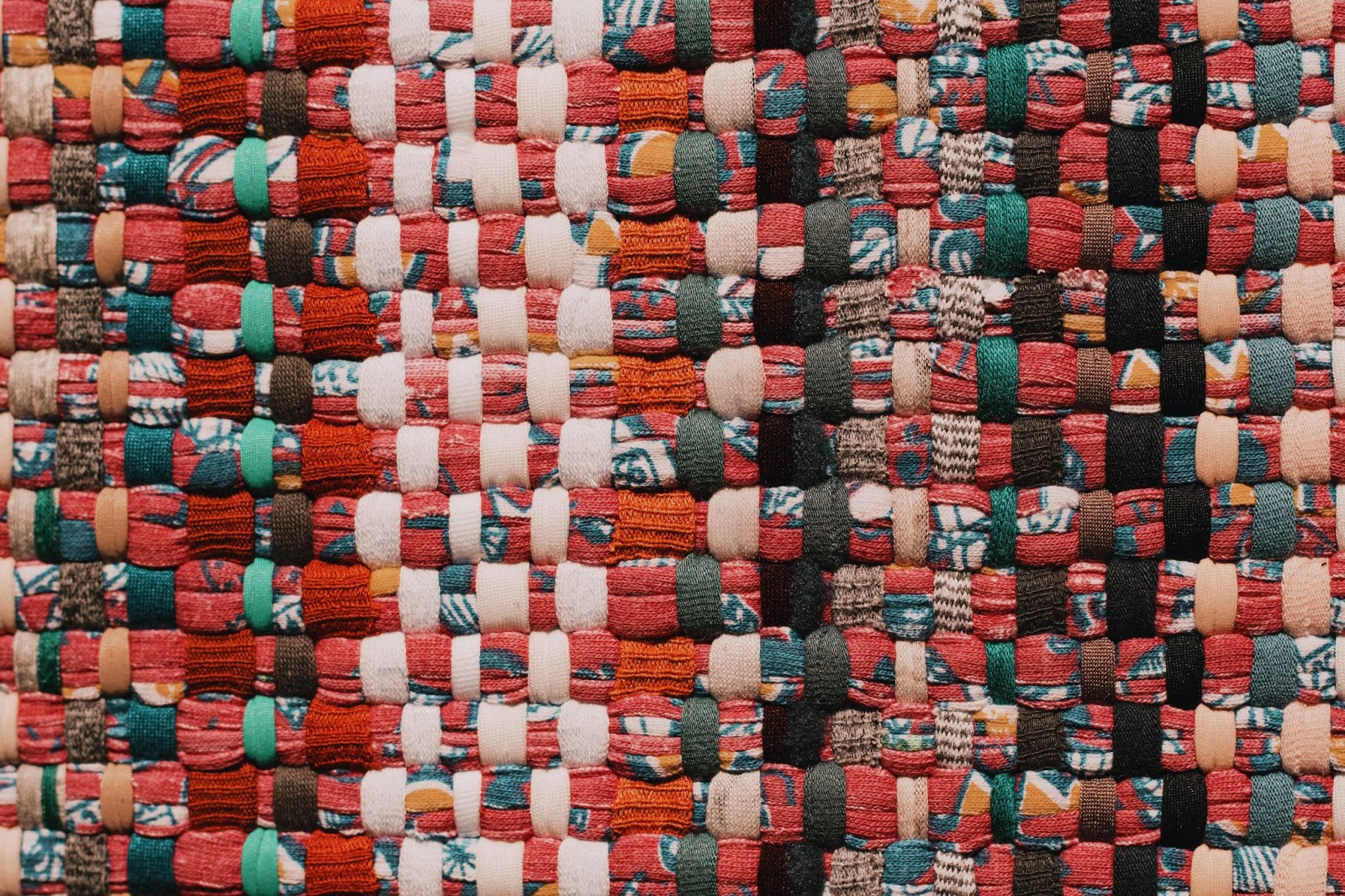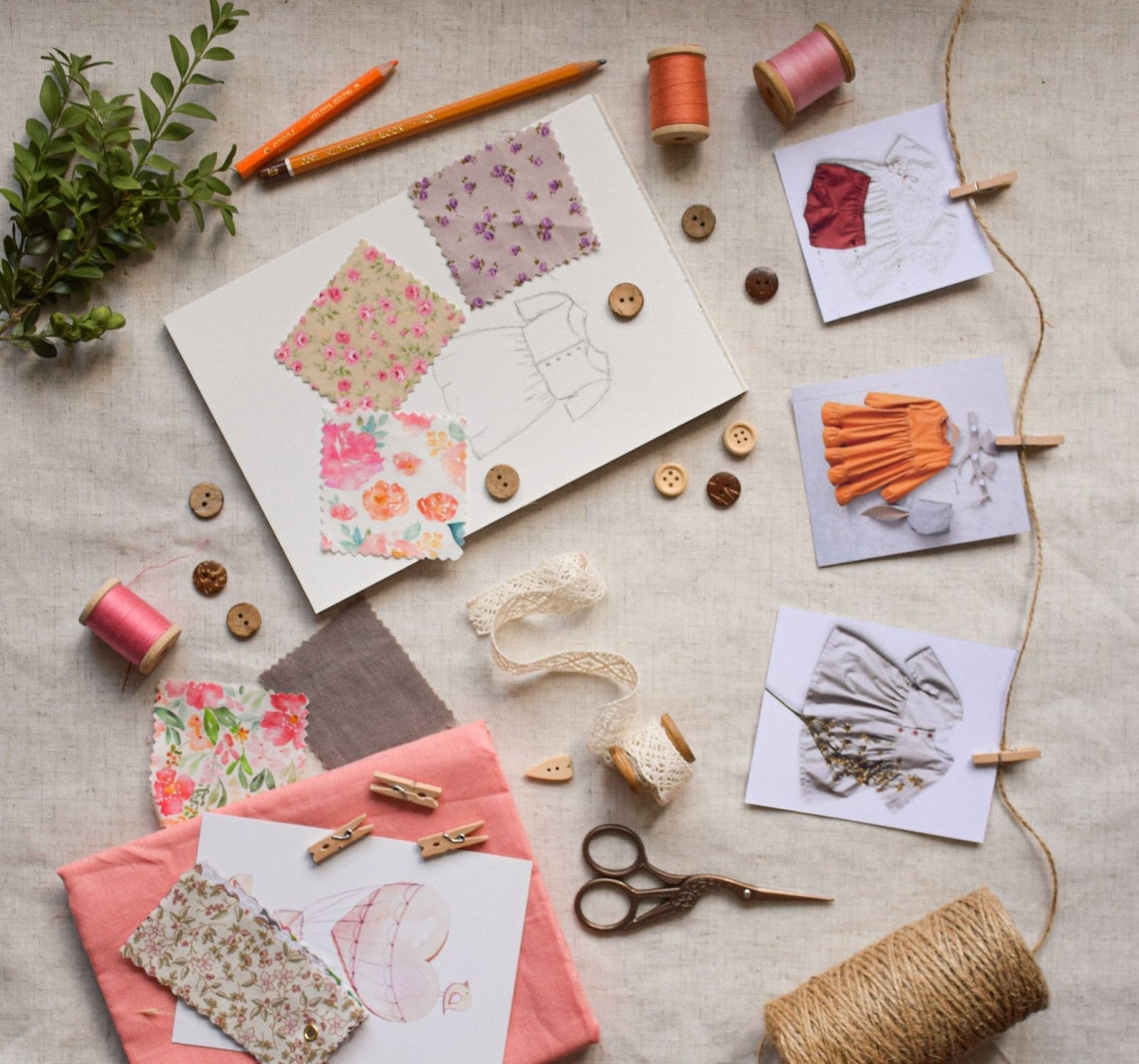Sewing is both a useful tool for keeping our homes and belongings in the best possible shape and an excellent option for self-expression and artistry. There are so many different methods to beginning the crafting and sewing process, and it can be a wonderful way to bring the many generations of your family together to create something beautiful and lasting. The earlier you begin teaching your children how to sew, the sooner they’ll be able to start tackling their own patterns and projects.
Love Sew is here to help. We believe in making all forms of sewing and quilting accessible to anyone who wants to try them out and in bringing our community together to support and encourage each other every step of the way. Here are some great things to keep in mind when it comes to teaching your little ones how to begin sewing today.
Benefits of Teaching Kids to Sew
When we share our favorite art style with our family, it can be a way to bring us closer and spend time together. But the benefits of sewing even go beyond that. Here are a few reasons it can be helpful and enjoyable to teach your young family members how to sew.
They Will Glean Practical Know-How
When we don’t know how to make simple adjustments or fixes, we end up having to spend a lot of money on repairs—or even having to say goodbye to clothes we really like. Even basic skills, like sewing on loose buttons or repairing a hem, can save your little one time and money and give them important skills that they’ll carry with them into the future.
They’ll Develop Their Motor Skills
Sewing takes care and focus and requires a steady hand, especially as you learn and grow. Starting your little ones early can help them to become adept at threading needles, creating uniform stitches, and cutting in straight, even lines. Those fine motor skills can then be applied in many other areas of their life, like other art forms, music, sports, and more.
Sewing Teaches Patience
Most sewing and quilting projects won’t be finished in a day—which is a good lesson for all of us. When you begin a project with your family, you can all watch as progress is made on the larger project and take pride in what you accomplish after each sewing session. They’ll also learn how to maintain and care for their materials and tools. All this can encourage focus, discipline, and a stick-to-it attitude that can really help your kids to learn and grow.
Sewing Is a Great Creative Outlet
When it comes to sewing, the possibilities are endless. That’s just one of the reasons it’s such a great art form for kids. They can create everything from clothes to bedding to stuffed animals, all in their favorite colors and with their favorite fabrics. They’ll have a great time picking out materials and seeing their artistic visions come to life.
Kid-Friendly Sewing Projects to Try First
With so many different options to pick from, it can be difficult to know where to start first. Here are a few kid-friendly sewing projects to try out that the whole family is sure to enjoy.
Sock Puppets
Sock puppets are a classic for a reason. They’re a great way to reuse old materials, and you and your little one have plenty of opportunities to create something really fun. The basic materials include a sock and buttons for eyes, which is a good opportunity to show how to sew buttons, but you can also create skirts, hair, t-shirt designs, or anything else your kids want to add to their sock puppet. Make the whole sock family!
Pillows
Pillows feel like a big, exciting project—and they are! But they’re also relatively easy for your kids to try out without a lot of experience. You can all have fun picking out different fabrics for the front and back of the pillow and then stuffing it with padding before sealing it up.
If you want to add a little extra challenge and personality to the project, invite your kid to make tassels for the four corners from embroidery floss in their favorite colors.
Bags
There are so many different types of bags, so you can adjust this project to fit your little one’s skill and sewing comfort levels. A tote bag is a really fun project because your child can pick out a neutral or plain-colored fabric and then adorn it with charms or fabric patterns and designs that are simple and easy to sew on. For a more involved project, create a small pencil holder to practice adding zippers or buttons.
Teddy Bears
Once your kids have the hang of following a simple pattern like a pillow pattern, they can move onto something a little more involved, like a teddy bear. The fun thing about creating a teddy bear or other stuffed animal pattern is that they get to decide what it looks like, the color of the fabric, how big it is, and even the buttons or decals used for the eyes and face. Encourage them to sew hearts or stars onto the fabric for a totally unique look.
Want to take it a step further? Make your teddy some clothes! Skirts, shirts, and mittens are fun and simple projects that you and your kids can make for their new teddy bear.
Tips for Teaching Kids to Sew
Teaching your little ones to sew can be a fun and rewarding process for the whole family, but it still takes time and patience. Here are some tips to consider as you learn together.
Messy Stiches Rule!
For beginners, it’s all about getting the hang of the needle and thread. We all took time to learn how to make even, uniform stitches, and young children have less developed motor skills. It’s important to encourage and support them as they learn so they’ll want to keep on the journey.
Start With Simple
Sewing has a lot of guidelines and rules that hobbyists and professionals alike follow, often without even realizing it. While some rules can’t be ignored, it’s best not to lay everything out all at once.
Guide your kids through the essentials slowly and patiently and explain things at every stage, but remember that sewing is a hands-on skill, which is part of what makes it so fun.
Embrace Creativity
Kids will want to continue sewing if they feel like their voice is being heard. And with so many different sewing styles to pick from, there are many great ways to engage them creatively. Give them choices for colors, decals, cut-outs, and more. They’ll feel involved and excited about every step.
Encourage Mistakes
One of the best ways to learn is to not be afraid to fail. Even expert crafters will still have to pull out stitches or make last-minute adjustments on projects. Throughout the process, encourage your kids to try things that might be hard and show them how to fix mistakes as they happen, so they feel confident to always go after something new.
Have a Good Time
Sewing is an excellent skill to pass down to your kids, who may have any reason they’ll need the skill as they get older. It’s also a chance to connect with the people you love and build something special together. Even if you’re facing challenges as you and your kids learn and teach each other, sewing is a wonderful opportunity to have fun and create art from the heart.
Conclusion
Knowing how to sew a button or hem a pair of pants are just a few of the essential, lifelong skills that come along with training and guidance in sewing, and they’re far from the only ones. When you and your family take the time to learn about sewing and create fun and unique projects together, you’ll encourage fine motor skills, support burgeoning creativity, and help with confidence and pride.
Sewing is an incredible art form to be passed down from generation to generation, and Love Sew is here to help. We’re delivering more than just reliable, safe tools and parts you can count on.
We’re sharing guides, resources, and information with the community we love and their families, so our kids will be excited for the opportunity to pass a love of sewing on all over again. Start with sock puppets, teddy bears, pillows, and tote bags and encourage creativity and a love of getting messy as you and your little ones create lasting memories together.
Sources:
The Story of the Sewing Machine | New York Times
Ages and Stages, How Children Develop Motor Skills | Scholastic
How to Help Kids Learn From Mistakes | Harvard Graduate School of Education




3 comments
Sharon Messersmith
I am a teaching assistant in a special needs classroom. I am introducing them to both hand and machine sewing. Any easy projects or advice is welcomed.
Thanks.
Marian
My grandkids love to sew. I let them use my huskvarnia, one is 50 years old and newer ones. They live it. I just adjust so machine moves slower. We make pillows, stuff animals, dill quilts. They are ages 8, 4, and 3. They do not use rotary cutter or irons . They live tie dyeing muslin to make things with.
They pick out embroidery designs and thread colors. Even 2 year old loves it
Sally Sherlock
I am having 11 yr old grandson next week.
I have several sewing machines my least valuable is a singer that has fancy stitches. 1) should he start with needle & thread or on machine?
2) should I get a cheap basic machine instead of my Singer?
Leave a comment
This site is protected by hCaptcha and the hCaptcha Privacy Policy and Terms of Service apply.